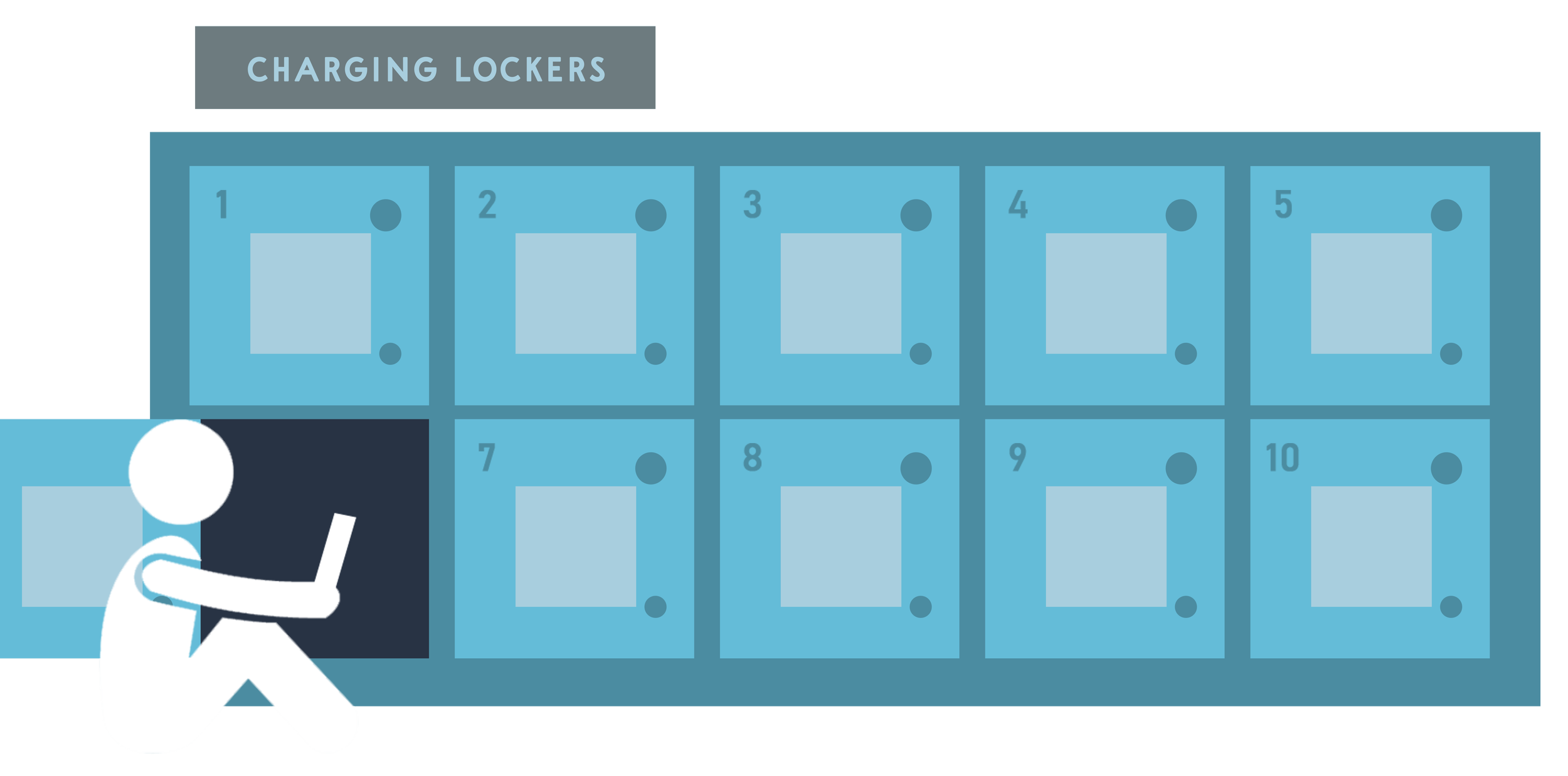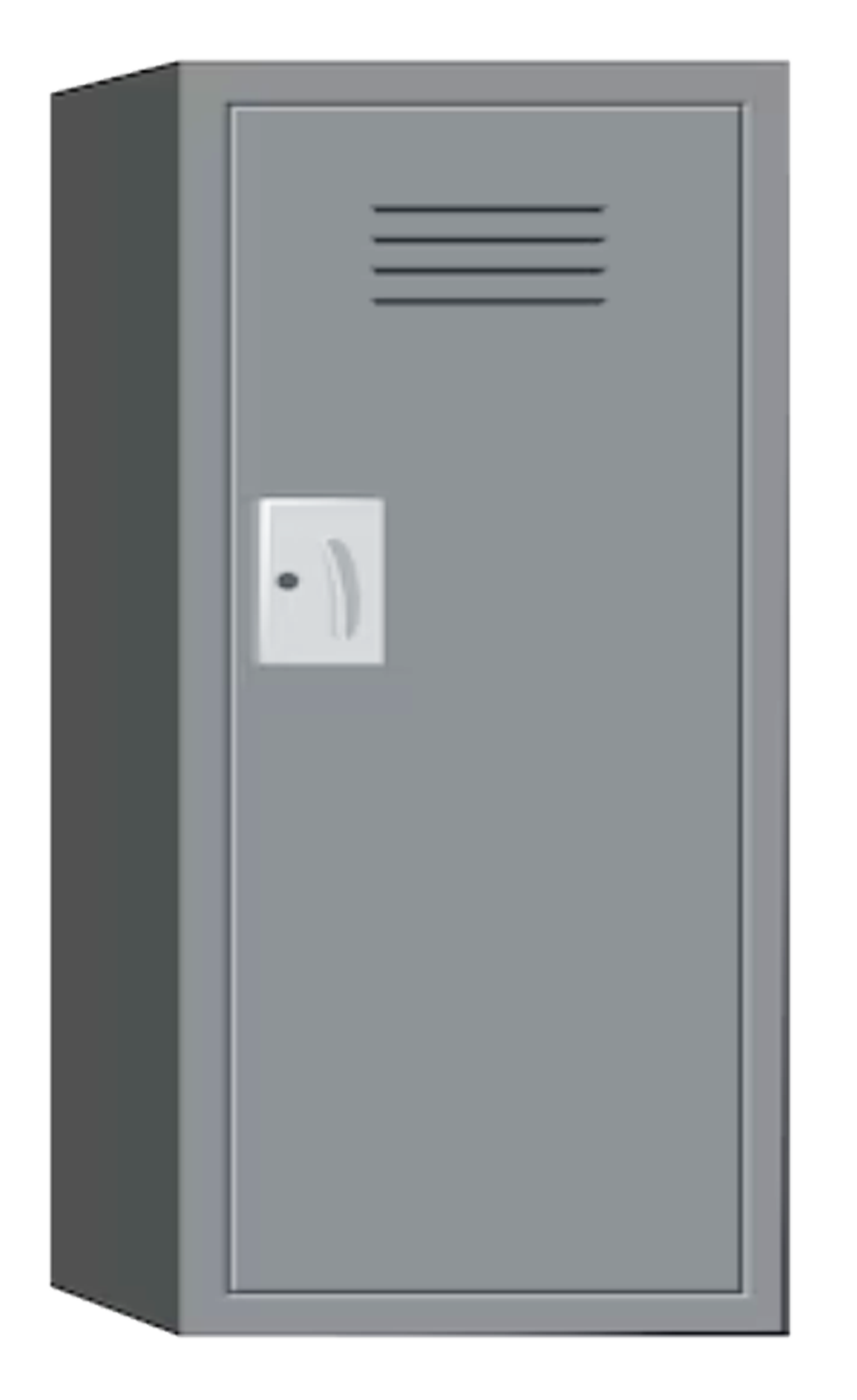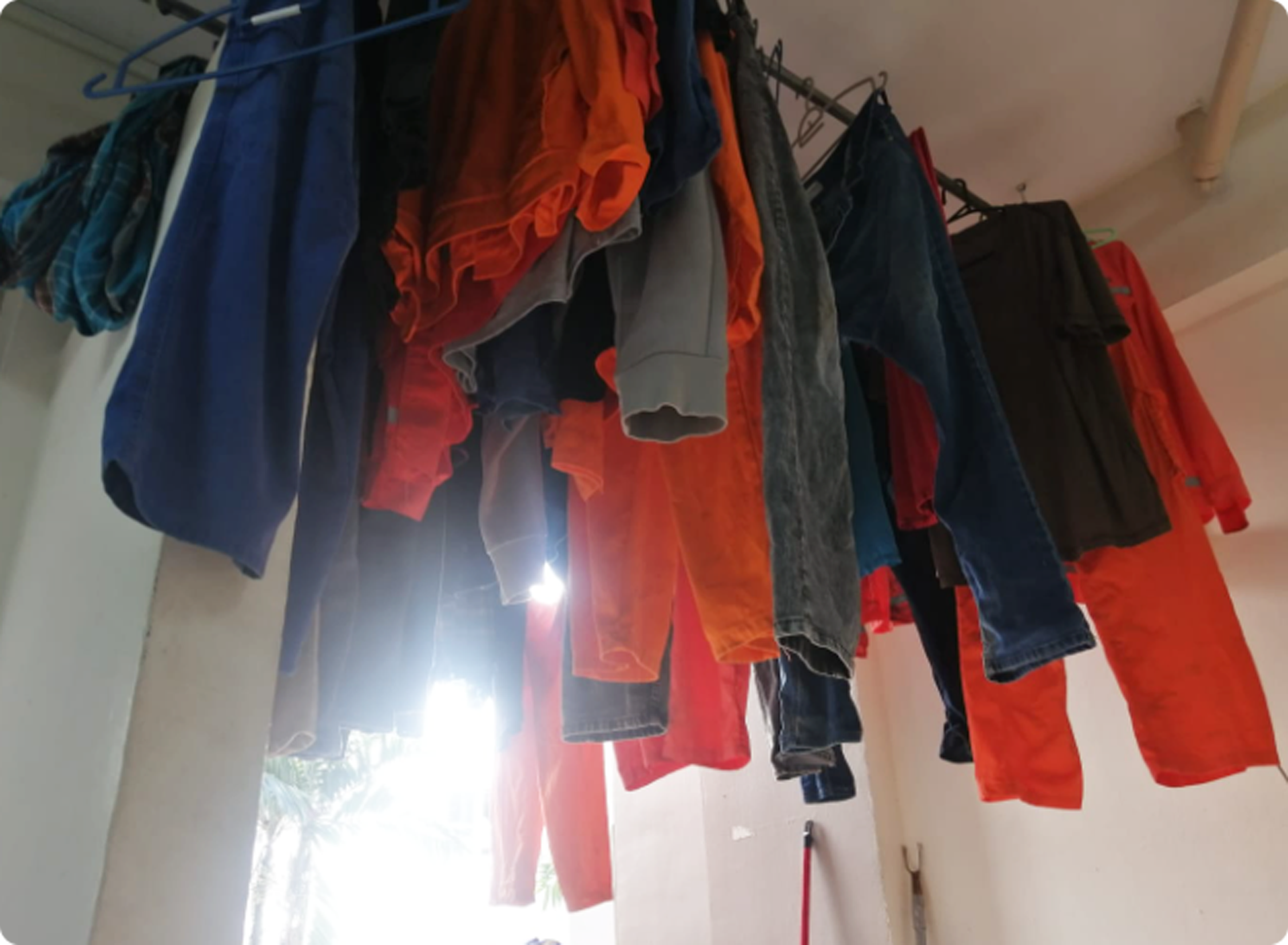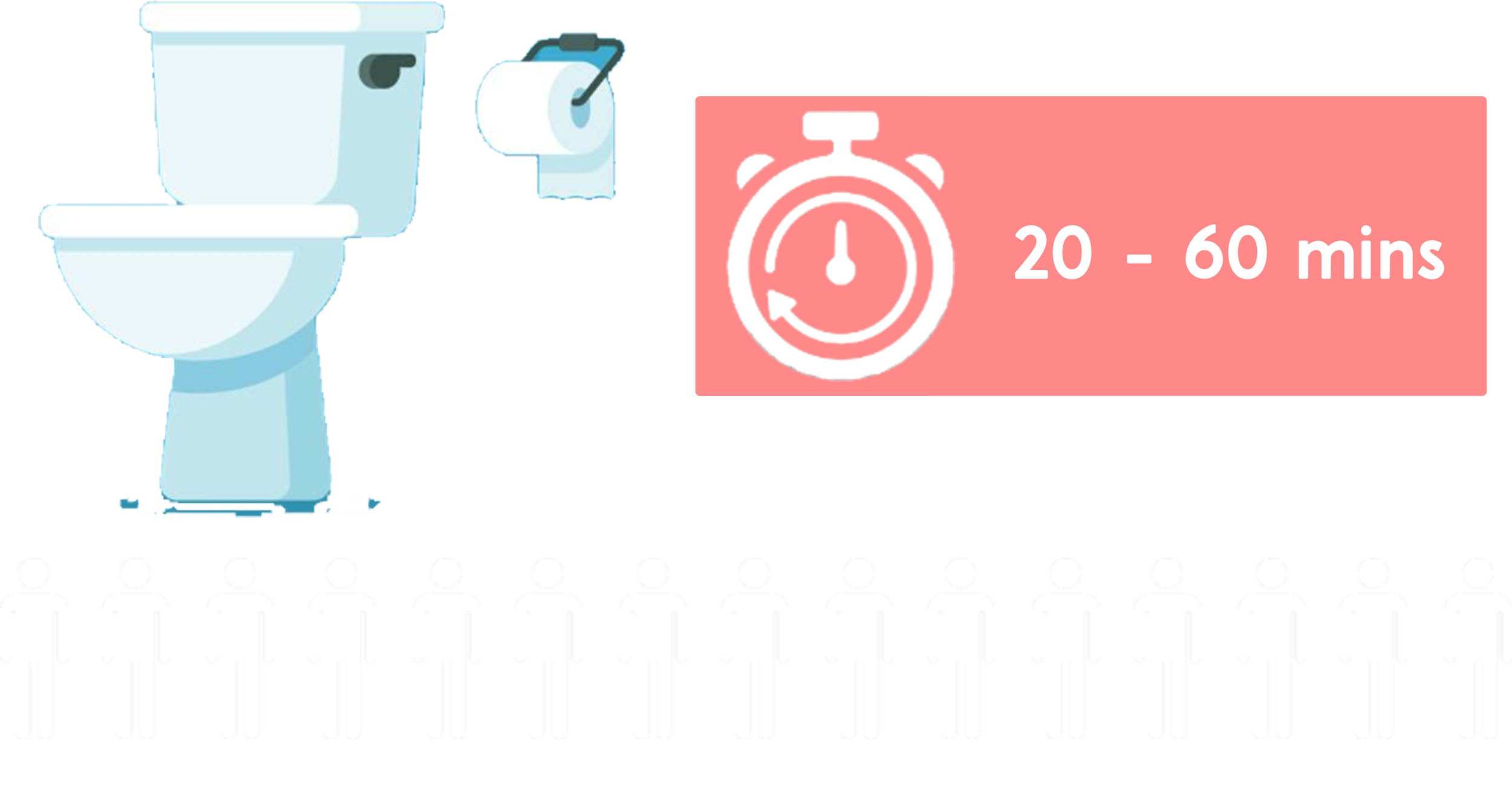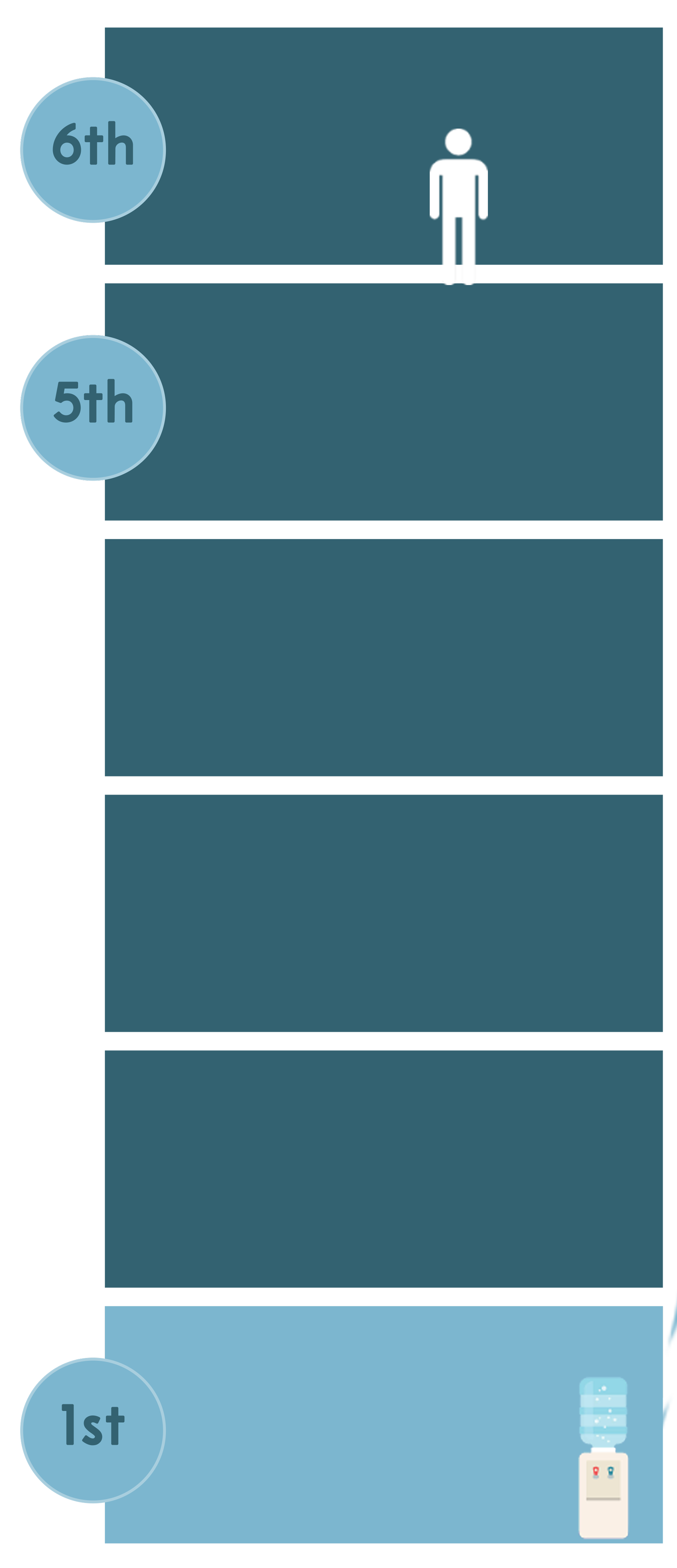MIGRANT WORKERS’ EXPERIENCES LIVING IN THE DORMITORY DURING COVID-19
From June 2021 to October 2021, we conducted a series of Focus Group Discussions with 3 to 4 workers participating in each session. In total 16 Focus Group Discussions consisting of 41 respondents interviews were conducted.
The interviews highlighted living arrangements in the dormitories such as bed space storage and toilet conditions among others, movement restrictions within the dormitory between April 2020 and December 2021 and their physical and emotional experiences during this same period.
Problems
1. OVERCROWDING
At the height of COVID, most companies had undertaken social distancing measures. However, bedrooms were still cramped with beds still in very close proximity. ‘Uncrowding’ or reducing head count in a room still remains biggest priority for many workers.
Double-decker beds are an inconvenience to sleep. Sound/movement from above or below easily wakes the partner up. This might happen when a bed partner comes back late from work and has to climb onto the top buck, turns in their beds or when phone vibrates due to notifications/calls. Workers find it difficult to get a good sleep when sleeping in double beds.
Bedbugs are a longstanding concern. Most workers prefer not to sleep on mattresses because of bedbug issues. They sleep on plywood or flattened cardboard boxes instead.
2. LIGHT AND VENTILATION ISSUES
Most rooms are fit with two to four small rotating ceiling fans. These are inadequate to relieve heat and provide sufficient ventilation in the room. The room is hot and fans do not have the reach. Some ceiling lights were also too close to the upper bunk beds. The heat radiating from the lightbulbs makes it very hot and disturbs their rest.
When room mates come back late at night (e.g 11:30pm), they have to turn on the common lights and wake other resting roommates.
Workers who want to read have to use their own “secret light“
NO PERSONAL FANS ALLOWED
In some dormitories, workers are either not allowed to use their own personal standing fans or must seek permission from employers/ dormitory operators to be allowed to buy their own fan.
This rule is arbitrary and prevents many workers from attaining some level of comfort they seek in the dormitories. If the fans are not brought in by their employers, they are not allowed to have them.
3. ELECTRICITY
Most respondents indicated sufficient power points or sockets.
However, it was indicated by a few respondents that this was a problem. They shared that the plugs were far from the bed which makes it difficult for him and 14 other roommates to utilise them.
In another PDB, 6 persons had to share 2 power points.
One respondent shared that he did not have any electrical sockets at all in his room. They are only given USB charging lockers stationed at the lift lobby.
4. LACK OF STORAGE SPACE
Workers complained that there isn’t enough room/space to keep their belongings and clothes.
The metal lockers provided do not allow them to hang their clothes and barely big enough to store their belongings. They have to hang their clothes on beds or keep them in luggages.
At times, 2-4 workers share a locker which can be difficult where privacy and theft is concerned.
Sometimes personal lockers are provided to migrants but closing mechanisms are faulty and have not been repaired.
Lack of a refrigerator or storage spaces for food cause cockroaches and other pests to come.
5. LAUNDRY
Some dormitories do not have enough washing machines and so workers prefer to handwash their clothes (for e.g 1000 people share 2 washing machines)
For some dormitory residents, they are not allowed to hand wash their clothes. This means that they either have to use the washing machines which cost $2/wash or obliged to use the dormitory’s laundry service which sometimes cost up to $60/month, a substantial amount of their income.
There is often not enough space for all the people living in a room to hang their clothes. Clothes handing area are small and limited so they hang the on their bedsides. As these are against dorm rules, they are sometimes thrown out.
6. TOILETING
Workers wait any time between 20-60mins to use the toilet facilities in the morning or in the evenings after work as typically, about 15 persons share a toilet and shower.
"TRAFFIC JAM" QUEUES
Workers have to wake up earlier to avoid the queue. “Traffic Jam” queues to use the toilet happen at night as well after work which cause them to have less time to rest. For example, workers may finish work at 10pm but only finish showering at 11:30pm.
POORLY MAINTAINED TOILETS
Toilets are not properly washed and cleaned by employed cleaners. They are cleaned once a day or just by pouring water. Even if they are cleaned well, the toilets are dirty quickly because too many people use the toilets.
Sometimes toilet bowls are dirty and clogged and urinals are faulty. Toilet bowls may also not flush well or are unusable.
Shower heads or sinks are faulty and have not been repaired. Water pressure is thus weak and causes showers to take a long time.
Soap dispensers are not regularly filled, filled only for inspections or might only contain water.
NO CLEANING AGENTS PROVIDED
Some workers have to clean the toilets themselves but cleaning agents are not provided for them so they have to buy the cleaning equipment/agents themselves.
7. WATER
There is often not enough water dispensers in dormitories.
Sometimes water dispensers are only on the ground floor when workers stay on the 5th or 6th floor. Thus, most workers get their own drinking water from the toilet.
INCONSISTENT WATER SUPPLY
For CTQs, water for drinking and toileting are piped from the same water tank. Pipes may sometimes be damaged and workers are left without water for 2-3 hours while they are being fixed.
Workers do not have tables and chairs, often due to the lack of space in the room. They have to sit on the floor or on their beds to have their dinner.
8. TABLES AND CHAIRS
Most preferred to have table and chairs to read, work/study and have their meals.
DORMITORY RESTRICTIONS
Migrant workers struggled with movement restrictions within the dormitory, experienced difficulties visiting recreation centres, and sometimes incurred punitive measures when fault reporting.
Migrant workers felt stuck in the dormitories, experienced differentiated treatment and many longed to leave Singapore.
STUCK IN THE DORMITORY
Migrant Accommodation Project









